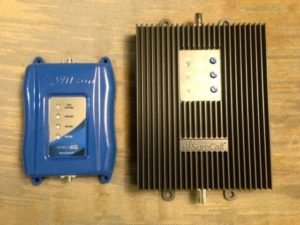
The SureCall TriFlex2Go booster came in three carrier specific versions - with a model specific to Verizon, AT&T, and T-Mobile.
All three boosters support the widely used 800Mhz and 1900Mz 2G/3G bands, but each only supports the LTE bands of the specific carrier it was sold for.
The AT&T version supports LTE Band 17, the Verizon version supports LTE Band 13, and the T-Mobile version supports LTE Band 4.
We tested two of the TriFlex2Go boosters (the AT&T and Verizon versions) in 2014 (provided courtesy of Powerful Signal), and they performed well - but given the carrier specific limitations, higher cost (original list price was $600!), and how physically bulky these units are - we couldn't find any reason to recommend this product line over other better options.
For our original in-depth test of the TriFlex2Go boosters versus the Wilson Mobile 4G:
Booster Testing: Wilson Mobile 4G vs SureCall TriFlex2Go
Review & Testing Status
We are not currently testing this product.
Alternatives to Consider
For other booster options on the market worth comparing this model to - here are our featured options:
This Review Contains Additional Member Exclusive Content!
We are Honored to be Member Funded! No ads, no sponsors, no selling (but may contain affiliate links)
Our members fund our in-depth independent reviews.
This entry may contain additional member exclusive content such as testing notes, field testing data, user interface tours, comparisons to alternatives, analysis, tips, videos and discounts.
Members also get interactive guidance, alerts, classroom and more.
Other Ways to Support Our Work At MIRC
Purchasing Options
This booster has reached the end of it's life, and is no longer for sale.
The successor product is the SureCall Fusion2Go, which is a multi-band booster that supports multiple carriers at once.
Related News:
Cellular boosters can be quite useful for boosting the signal to a smartphone to get a more solid phone call. But when it comes to enhancing cellular data performance, things get more complicated.
Because of a technology called MIMO (multiple in multiple out) that is essential to LTE and 5G data, often times the internal antennas on a smartphone or hotspot don't benefit from an amplified signal. Boosters also only cover a handful of the frequency bands the carries use for data.
But a booster can play a role in a mobile internet arsenal - as they excel during times when you are really far from a tower, or where upload speeds are important (such as video broadcasting).
For more on understanding boosters vs. MIMO - check out video:
For more on signal enhancing, including understanding boosters and the many forms they come in - follow up with our guides:
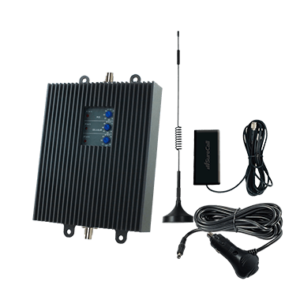
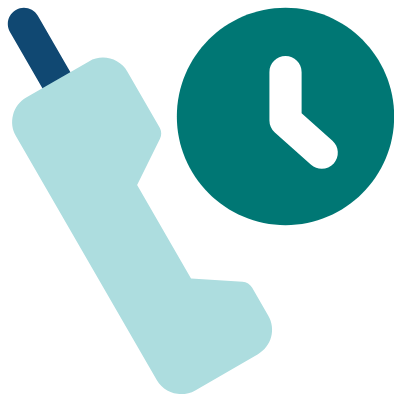
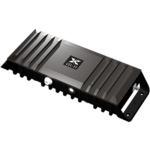
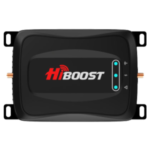
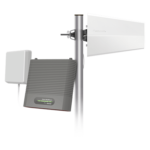
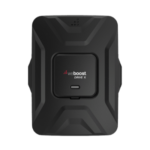
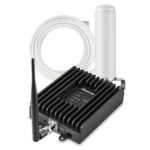
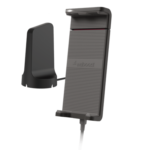
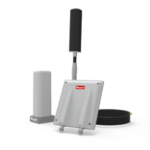
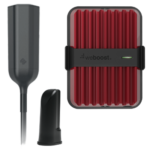

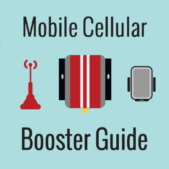
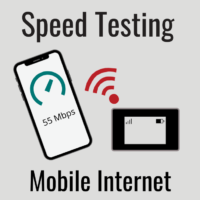
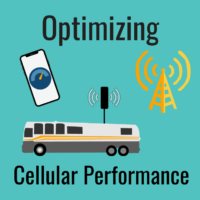
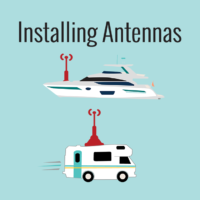
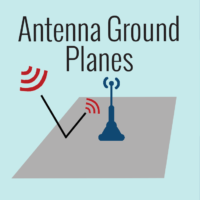
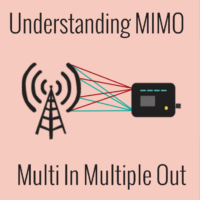
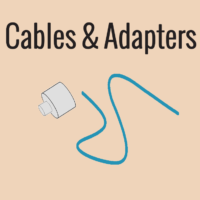
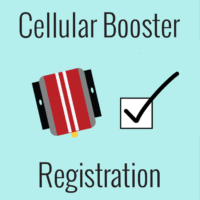
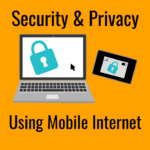
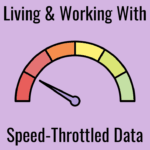


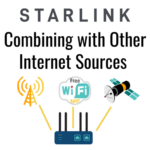

 Mobile Internet Resource Center (dba Two Steps Beyond LLC) is founded by Chris & Cherie of
Mobile Internet Resource Center (dba Two Steps Beyond LLC) is founded by Chris & Cherie of